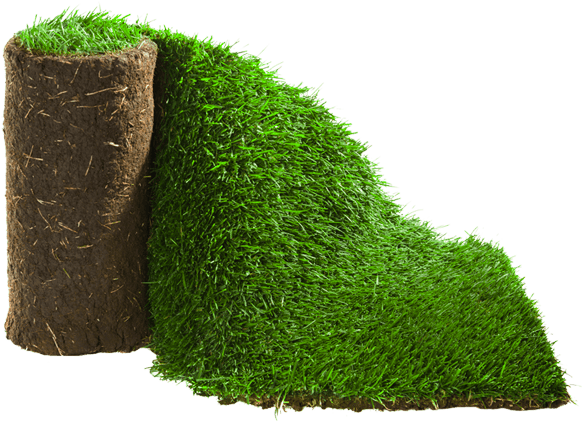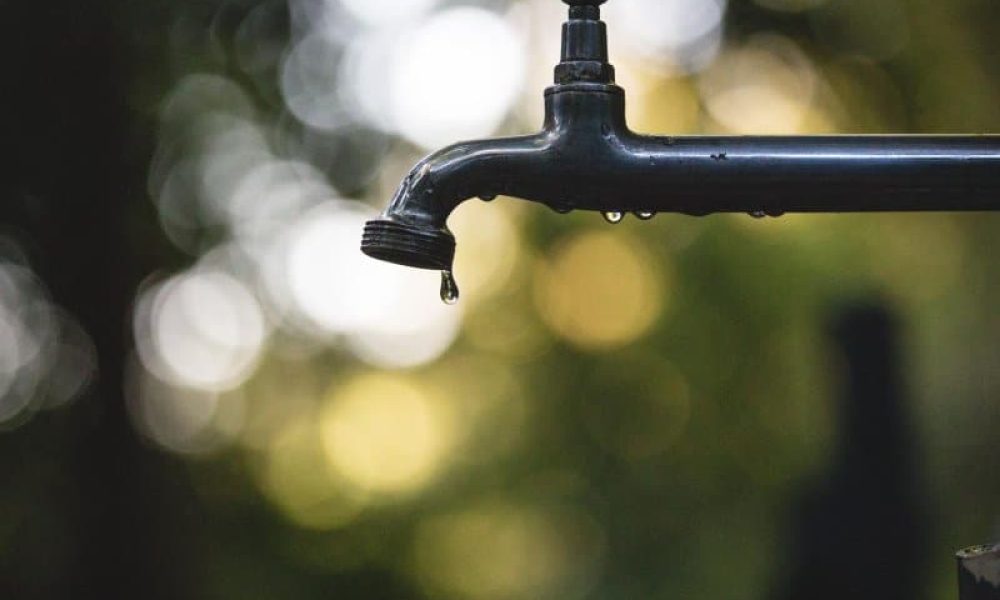Maintaining a healthy and vibrant landscape requires efficient irrigation, and a well-functioning irrigation system is crucial for delivering the right amount of water to plants, lawns, and gardens. However, like any system, irrigation systems can encounter emergencies that require immediate attention. In this comprehensive guide, we will explore common irrigation emergencies, quick fixes you can implement, and when it’s essential to call for professional repairs to ensure the longevity and effectiveness of your irrigation system.
Common Irrigation Emergencies
1. Sprinkler Head Damage:
Damaged or broken sprinkler heads can lead to uneven watering, oversaturation in some areas, and insufficient water distribution in others. This can result from accidental impact, lawn mowing mishaps, or deterioration over time.
2. Clogged Nozzles:
Clogged nozzles can disrupt the spray pattern of sprinklers, reducing the coverage and efficiency of the irrigation system. Common causes include debris, dirt, and mineral buildup.
3. Leaking Pipes or Connections:
Leaks in irrigation pipes or connections can waste water, increase water bills, and lead to soil erosion. Leaks can occur due to corrosion, physical damage, or poor installation.
4. Controller Malfunctions:
Issues with the irrigation controller, such as programming errors, electrical malfunctions, or sensor problems, can disrupt the scheduling and timing of watering cycles.
5. Valve Issues:
Malfunctioning valves can prevent water flow to specific zones or cause continuous watering. Problems with valves may result from dirt accumulation, wear and tear, or electrical issues.
6. Low Water Pressure:
Insufficient water pressure can lead to reduced spray distance and coverage. Low water pressure may be caused by clogged filters, valve issues, or problems with the main water supply.
Quick Fixes for Irrigation Emergencies
1. Sprinkler Head Damage:
- Quick Fix: Replace the damaged sprinkler head with a new one. Most sprinkler heads are designed for easy replacement without the need for special tools.
- Professional Repair: If the damage is extensive or if there are recurring issues, it’s advisable to consult a professional for a thorough evaluation and replacement.
2. Clogged Nozzles:
- Quick Fix: Remove the clogged nozzle, clean it thoroughly, and reattach it. Use a small brush or compressed air to clear any debris.
- Professional Repair: If nozzles continue to clog frequently, there may be underlying issues with water quality or filter systems. Professional maintenance may be required.
3. Leaking Pipes or Connections:
- Quick Fix: Identify and tighten loose connections. For small leaks, consider using waterproof tape or sealant as a temporary solution.
- Professional Repair: For significant leaks or recurring issues, consult a professional to assess the extent of the damage and perform necessary repairs or replacements.
4. Controller Malfunctions:
- Quick Fix: Check the programming of the irrigation controller, ensuring that schedules, run times, and settings are accurate. Replace batteries if needed and reset the controller if it’s unresponsive.
- Professional Repair: If the controller continues to malfunction or if there are electrical issues, seek professional assistance for a thorough inspection and potential replacement.
5. Valve Issues:
- Quick Fix: Inspect valves for visible damage, debris, or signs of wear. Clean or replace damaged parts as needed.
- Professional Repair: If valves are consistently problematic or show signs of electrical issues, professional repair may be necessary to ensure proper functionality.
6. Low Water Pressure:
- Quick Fix: Check and clean filters in the irrigation system. Inspect for kinks or restrictions in hoses or pipes that may be affecting water flow.
- Professional Repair: If low water pressure persists, there may be issues with the main water supply, pump, or larger components of the irrigation system. A professional assessment is recommended.
When to Call for Professional Repairs
While quick fixes can address immediate issues, there are instances where professional repairs are crucial for the long-term health and efficiency of your irrigation system. According to fellow irrigation repair service, Shotgun, there are several ways to tell when it is time to call in a professional.
1. Persistent Issues:
If you find yourself repeatedly dealing with the same irrigation problem, it’s a sign that there may be an underlying issue that requires professional attention. Recurring emergencies can indicate systemic problems that quick fixes won’t adequately address.
2. Electrical Problems:
Electrical malfunctions in the irrigation system, including issues with the controller or valves, should be handled by professionals. Working with electrical components requires specialized knowledge to avoid safety hazards and ensure proper repairs.
3. Major Leaks:
Large leaks or leaks in main irrigation lines demand professional repair. Attempting to fix extensive leaks without the necessary expertise can lead to further damage and water waste.
4. System Upgrades:
Consulting with professionals ensures proper integration and functionality if you’re considering system upgrades, such as installing a smart irrigation controller, drip irrigation, or other advanced features.
5. Seasonal Maintenance:
Regular seasonal maintenance, including system checks, adjustments, and fine-tuning, is best handled by professionals. They can identify potential issues before they escalate, ensuring the system operates at its peak efficiency.
6. New Installations:
For new irrigation system installations, it’s advisable to enlist the expertise of professionals. They can assess your landscape’s needs, design an efficient system, and ensure proper installation for optimal performance.
Proactive Measures to Avoid Emergencies
1. Regular Inspections:
Regularly inspect your irrigation system to identify potential issues before they become emergencies. Check for leaks, damaged components, and signs of wear.
2. Seasonal Maintenance:
Schedule seasonal maintenance with professionals to address system efficiency, adjust watering schedules based on seasonal needs, and ensure all components are in good condition.
3. Smart Technology Integration:
Consider upgrading to smart irrigation technology that allows for remote monitoring and control. Smart systems can provide real-time alerts for issues, making it easier to address potential emergencies promptly.
4. Proper Watering Practices:
Implement proper watering practices to avoid overwatering or underwatering. Adjust irrigation schedules based on weather conditions, and be mindful of water conservation principles.
5. Education and Training:
Educate yourself and any individuals responsible for managing the irrigation system about proper usage, programming, and maintenance practices. Knowledgeable users can contribute to the system’s longevity and efficiency.
Conclusion
Addressing irrigation emergencies promptly is essential for maintaining a healthy and vibrant landscape. While quick fixes can address immediate issues, professional repairs are crucial for systemic problems, electrical malfunctions, major leaks, and system upgrades. Implementing proactive measures, conducting regular inspections, and seeking professional assistance when needed will ensure the longevity and effectiveness of your irrigation system. By staying vigilant and taking a proactive approach, you can enjoy the benefits of a well-maintained irrigation system that contributes to the health and beauty of your landscape.









